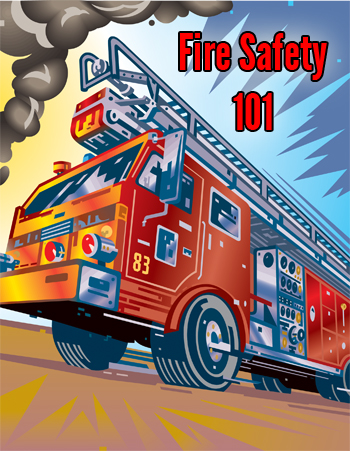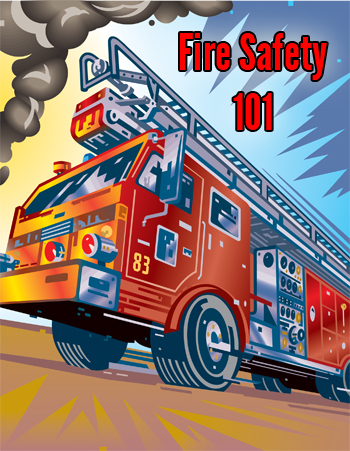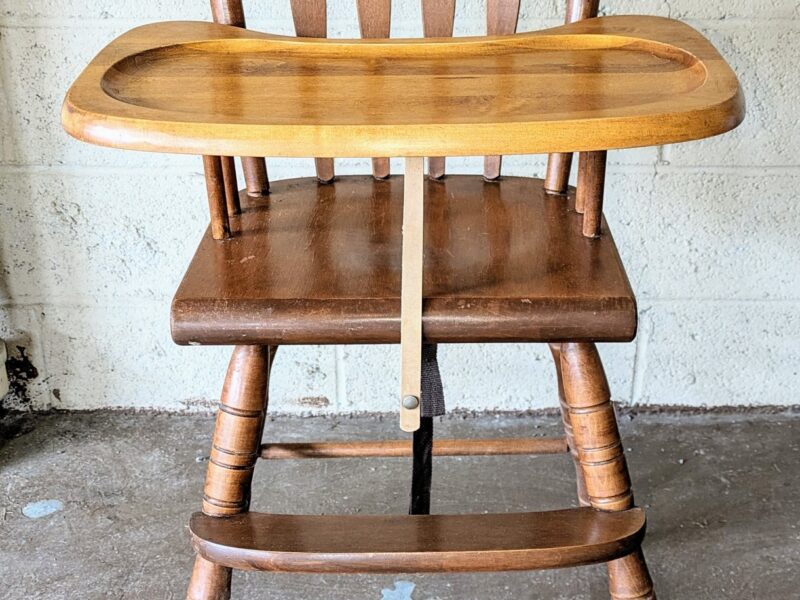As the time change nears, there are a few simple things you can do to make your home and family safer. This Fire Safety 101 guide will show you easy, affordable and ultimately life-saving precautions you can take today that can help prevent a fire in your home.
Fire Safety 101

While 96 percent of American homes have at least one smoke alarm, 19 percent do not have at least one smoke alarm that works, mostly due to missing or dead batteries. This means roughly 25 million homes are at risk because of non-working smoke alarms and an additional 4.5 million homes are at risk by not having smoke alarms.
Get the Facts
Home fires seem to happen to other people – so why should you be concerned?
- Approximately every three hours a home fire death occurs somewhere in the nation.
- Two-thirds of home fire deaths result from fires in homes without working smoke alarms.
But it doesn’t have to be that way. According to the International Association of Fire Chiefs (IAFC), working smoke alarms cut the risk of dying in a home fire by providing an early warning and critical extra seconds to escape.
For the 29 years in a row, in 2016, Energizer and the IAFC are both partnering in the Change Your Clock Change Your Battery® program. Established to help reduce the tragic number of home fire deaths and injuries,
Change Your Clock Change Your Battery urges Americans to change smoke alarm and carbon monoxide detector batteries when changing clocks back to standard time each fall and ahead in spring.
Read more about change Your Clock, Change Your Battery!
In addition to changing smoke alarm batteries, take some time to learn about fire safety and to complete a home fire safety checklist. You can make your home safer – today.
[tweetshare tweet=”In addition to changing smoke alarm batteries, take some time to learn about fire safety.” username=”ChristianBlogR”]
Fire Facts
The United States Fire Administration (USFA) believes that teaching people the basic facts about fire will reduce fire deaths.
Fire is FAST!
- In less than 30 seconds a small flame can get completely out of control and turn into a major fire.
- It only takes minutes for thick black smoke to fill a house. In minutes, a house can be engulfed in flames.
- If you wake up during a fire, you won’t have time to grab valuables because fire spreads too quickly and the smoke is too thick. There is only time to escape.
Fire is HOT!
- Heat is more threatening than flames. A fire’s heat alone can kill.
- Room temperatures in a fire can be 100° at floor level and rise to 600° at eye level. Inhaling this air has the potential to scorch your lungs. This heat can melt clothes to your skin.
- In five minutes a room can get so hot that everything in it ignites at once: this is called flashover.
Fire is DARK!
- Fire isn’t bright, it’s pitch black.
- If you wake up to a fire you may be blinded, disoriented and unable to find your way around the home you’ve lived in for years.
- Fire starts bright, but quickly produces black smoke and complete darkness.
Fire is DEADLY!
- Smoke and toxic gases kill more people than flames do. Fire uses up the oxygen you need and produces smoke and poisonous gases that kill.
- Breathing even small amounts of smoke and toxic gases can make you drowsy, disoriented and short of breath.
- The odorless, colorless fumes can lull you into a deep sleep before the flames reach your door. You may not wake up in time to escape.
Statistics provided by the National Fire Protection Agency and the United States Fire Administration, from around 2009.
Home Fire Safety Checklist
This is a very basic checklist to help you identify potential fire hazards in your home.
General Fire Safety
YES __ NO__ Change Smoke alarm and carbon monoxide detector batteries at least once a year. Use the Change Your Clock Change Your Battery program as a reminder to help keep the batteries fresh. (This will allow you to change them twice per year).
YES __ NO__ You have both ionization and photoelectric smoke alarms.
YES __ NO__ There are working smoke alarms near the sleeping areas.
YES __ NO__ There are working smoke alarms on every level.
YES __ NO__ Clean the smoke alarms regularly and test once a month.
YES __ NO__ Portable fire extinguishers are available and family members know how to use them properly.
YES __ NO__ You have a home escape plan and practice it regularly.
Heating Hazards
YES __ NO__ Combustibles such as clothes, curtains and furniture are away from stoves and heaters.
YES __ NO__ Test Heating appliances every year.
YES __ NO__ All alternative heating devices used are Underwriters Laboratories (U.L.) approved.
YES __ NO__ Install Carbon monoxide detectors in a central location outside each sleeping area and on every level of the home.
Electrical Hazards
YES __ NO__ Electric cords are not worn, frayed or damaged.
YES __ NO__ Extension cords are not under rugs, over nails, through water or across passageways.
YES __ NO__ Electrical outlets are not overloaded by multiple plug devices.
YES __ NO__ Electric appliances are not used near water.
General Housekeeping Hazards
YES __ NO__ Closets, basements, attics and garage areas are clean of old paper, boxes, paint cans and other trash.
YES __ NO__ Dispose of Flammable liquids and oily rags after use or stored in a tightly closed metal container.
YES __ NO__ All combustibles stored a safe distance away from any possible heat source.
Kitchen Hazards
YES __ NO__ The stove and oven are in good working condition.
YES __ NO__ The stove area is kept clean and free of grease.
YES __ NO__ Combustible materials are kept away from open flames and heat sources.
SOURCE:
Energizer
Compliments of Family Features & Energizer. First published October 11, 2009. Last republished November 30, 2016.
About the Author
Discover more from Courageous Christian Father
Subscribe to get the latest posts sent to your email.




We fall back on Nov. 4, 2012 at 2 a.m. While you do this, change your clocks and your batteries in your safety equipment such as smoke alarms, CO Detectors, Heat Dectors, weather radios, alarm clocks, etc.